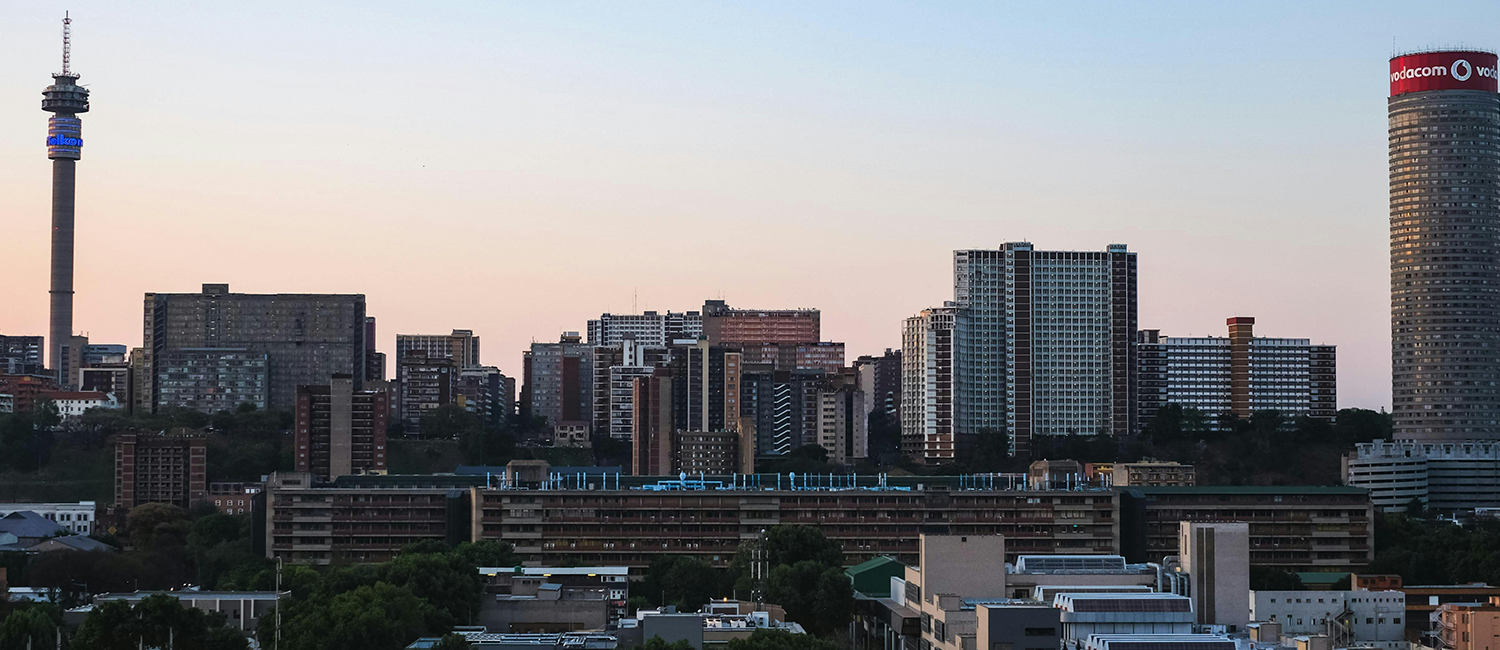The Department of Labour’s commission of inquiry into the tragic M1 bridge scaffolding collapse got under way with a preliminary hearing at The Parktonian Hotel in Braamfontein on Tuesday, 16 February. Elias Nkabinde reports.
Legal teams and representatives of four stakeholders involved in the project – construction firm Murray & Roberts, engineering consultancy Royal Haskoning DHV, scaffolding supplier Form Scaff, and the Johannesburg Development Agency (JDA) – outlined their involvement in the project.
Also present were a number of legal representatives of people who were injured during the scaffolding collapse.
JDA’S ROLE IN THE PROJECT OUTLINED
JDA senior development manager Siyabonga Genu told the inquiry that the agency was responsible for overseeing the project on behalf of the City of Johannesburg.
He explained that the JDA had contracted Royal Haskoning DHV to prepare the bridge’s specification drawings, Murray & Roberts to carry out construction of the bridge, and Nemai Consulting to handle the safety and health standards aspect of the project.
The commission’s presiding inspector, Lennie Samuel, having scrutinised the stakeholders’ administrative reports, ruled that all reports read into the record on the day were sub judice and would not be made available to the media until the commission had made its findings.
No witnesses were called on Tuesday, and the next sittings of the inquiry were scheduled as follows:
- Tuesday, 19 April to Thursday, 21 April
- Tuesday, 3 May to Friday, 6 May
- Thursday, 7 July to Friday, 15 July
- Tuesday, 19 July to Wednesday, 27 July
THE ACCIDENT AND ITS AFTERMATH
Two people were killed and 21 were injured when the scaffolding supporting construction of the bridge over the M1 highway near Grayston Drive collapsed on Wednesday, 14 October last year.
The highway, one of Africa’s busiest, was closed to traffic in both directions and only reopened at about 3pm on Thursday, almost 24 hours after the accident took place.
A month later, on Friday, 13 November, a moving ceremony was held at the site of the collapse, both to honour the victims of the tragic accident and to cleanse the site in preparation for resumption of construction of the bridge.
BRIDGE KEY TO NEW CORRIDOR OF FREEDOM
The bridge, which forms part of a dedicated 5-kilometre walking and cycling pathway between the historically divided suburbs of Alexandra and Sandton, will cater for the estimated 10 000 people who walk or cycle daily between the two areas.
The bridge forms part of a major infrastructure rollout currently under way to enable the expansion of the Rea Vaya bus rapid transit (BRT) system from central Joburg to Alexandra, Sandton and suburbs further north and east.
Rea Vaya’s new trunk route will form the backbone of the Louis Botha Avenue Corridor of Freedom, with the bridge serving as a key connector.
The 250 metre-long concrete bridge will have an 8 metre-wide deck that will accommodate both pedestrians and cyclists. The pedestrian and cycling lanes will each be 3 metres wide, with a 2-metre barrier in the middle to accommodate lighting and landscaping. Public art that tells the history of Alexandra will be displayed alongside the bridge.
Construction has resumed, which the scheduled completion date shifted forward from the originally planned October 2016 to April 2017.

